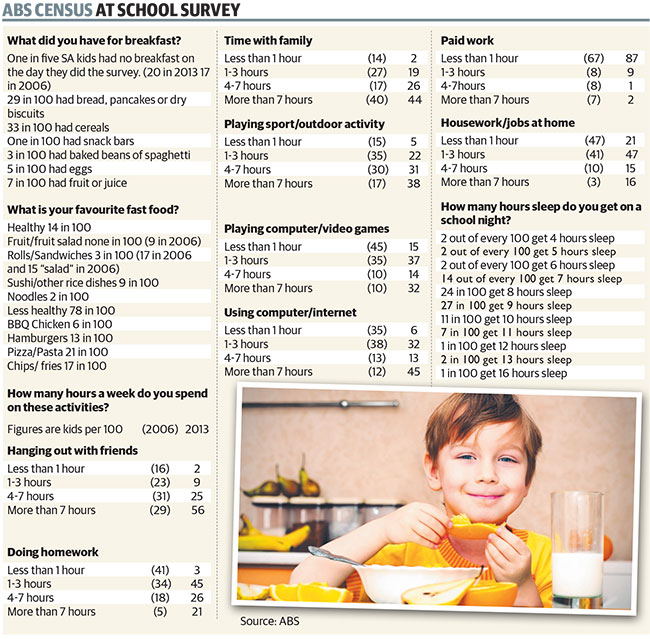USDA’s National Agricultural Statistics Service (NASS) and the American Statistical Association (ASA) have developed a new Census at School Food Preference Survey lesson plan and activities for students in grades 5-8. Building on the existing ASA Census at School program, the Food Preference Survey teaches statistical and agricultural literacy to children through common core state standards in Mathematics, Language Arts, Nutrition, Social Studies, and Family Consumer Sciences.
“Increasing statistical literacy in youth is an important way to develop the next generation of statisticians,” said NASS Administrator Dr. Cynthia Clark. “The Census at School program is a way to make statistics fun and engaging for students, allowing them to compare information about themselves with that of other students in the United States and other countries.”
Students complete an online survey and submit the data to a national database. Statistical methods and concepts are then used to compare class results with random samples from peers in the United States and other countries. Students will learn about statistics, nutrition, and cultural differences; apply graphing, mathematics, and analysis skills to real-world examples; and justify their analysis of data.
The Food Preference Survey, using three questions from the full Census questionnaire, asks students about their favorite food and beverages. The activities use the data to analyze survey results and discuss whether the results surprise the class; which foods are most popular; whether certain beverages are more popular with girls or boys; whether and how the cafeteria could use the data to plan events and meals; if there is a relationship between favorite foods and whether someone is a vegetarian; and much more. The Food Preference Survey focuses specifically on information that could be useful to agriculture-in-the-classroom teachers, as well as other teachers of the common core standards addressed.
This lesson plan was developed by the National Agricultural Statistics Service (NASS), the American Statistical Association (ASA), with guidance from the National Agriculture in the Classroom organization (www.agclassroom.org). For more information about the Food Preference Survey please visit www.nass.usda.gov/Education_and_Outreach.

